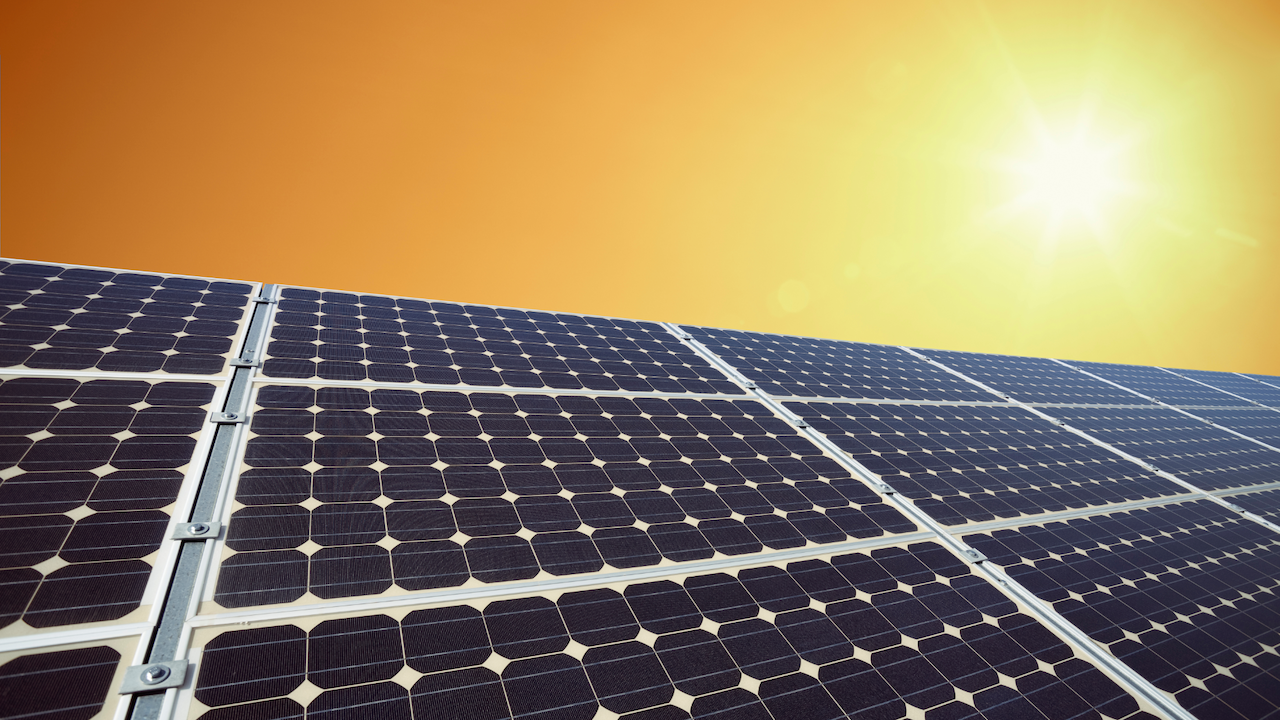Image source: Canva.com
If you’ve been eyeing solar panels for your home, you’re likely excited about the potential energy and cost savings. But with various types available, how do you choose the right one for you? Let’s break it down!
Getting Started
Before diving in, familiarize yourself with the available choices and consider factors like the number of panels you need and reputable installation companies.
Main Types of Solar Panels
1. Monocrystalline

Widely used and highly efficient, converting up to 20% of sunlight into energy.
Made of single pure silicon crystals, durable, and long-lasting.
Typically generate 300 to 400 watts per panel.
Higher upfront cost but offers top-tier efficiency.
2. Polycrystalline

Less expensive than monocrystalline with an efficiency of around 15% to 17%.
Made from multiple silicon fragments melted together.
Similar lifespan to monocrystalline panels but slightly lower power output (around 250 watts).
3. Thin-Film
Lightweight, malleable, and cost-effective to manufacture and install.
Types include Amorphous Silicon, Cadmium Telluride, and Copper Gallium Indium Diselenide
Lower efficiency (around 6% to 15%) and shorter lifespan (10 to 20 years).
Offer a sleeker appearance and blend seamlessly with roofs.
Additional Factors to Consider
- Weather Resistance: Check hail and hurricane ratings, especially if you live in prone areas.
- Temperature Tolerance: Ensure optimal performance even in extreme weather conditions.
- Fire Classification: Match panel ratings with your roof to prevent fire spread.
Solar Roofing Shingles
For those prioritizing aesthetics, solar shingles offer a discreet alternative to traditional panels.
Made using solar technology but integrated into roofing tiles.
More costly and less efficient (around 14% to 18%) compared to standard panels.
Limited availability and compatibility with specific roof types.
Choosing the Best Option
Consider your budget, efficiency needs, and aesthetic preferences when selecting solar panels.
Monocrystalline panels offer top efficiency but come at a higher price.
Polycrystalline panels are a cost-effective alternative with slightly lower efficiency.
Thin-film panels suit commercial applications and those seeking a sleek appearance.
In conclusion, weigh the pros and cons of each type to find the perfect fit for your home’s energy needs. With the right choice, you can harness the power of solar energy while reducing your environmental footprint and saving on utility bills.
Key points
1. Before committing to solar panels, research available choices, consider your energy needs, and evaluate reputable installation companies.
2. Types of Solar Panels: Monocrystalline, Polycrystalline, and Thin-Film.
3. Additional Factors to Consider: Weather Resistance, Temperature Tolerance, and Fire Classification.
4. Solar Roofing Shingles: Ideal for those prioritizing aesthetics, offering a discreet alternative integrated into roofing tiles.
5. Choosing the Best Option: Consider budget, efficiency needs, and aesthetic preferences when selecting solar panels.
6. Weigh the pros and cons of each type to find the perfect fit for your home’s energy needs, ultimately harnessing the power of solar energy to reduce your environmental footprint and utility bills.





